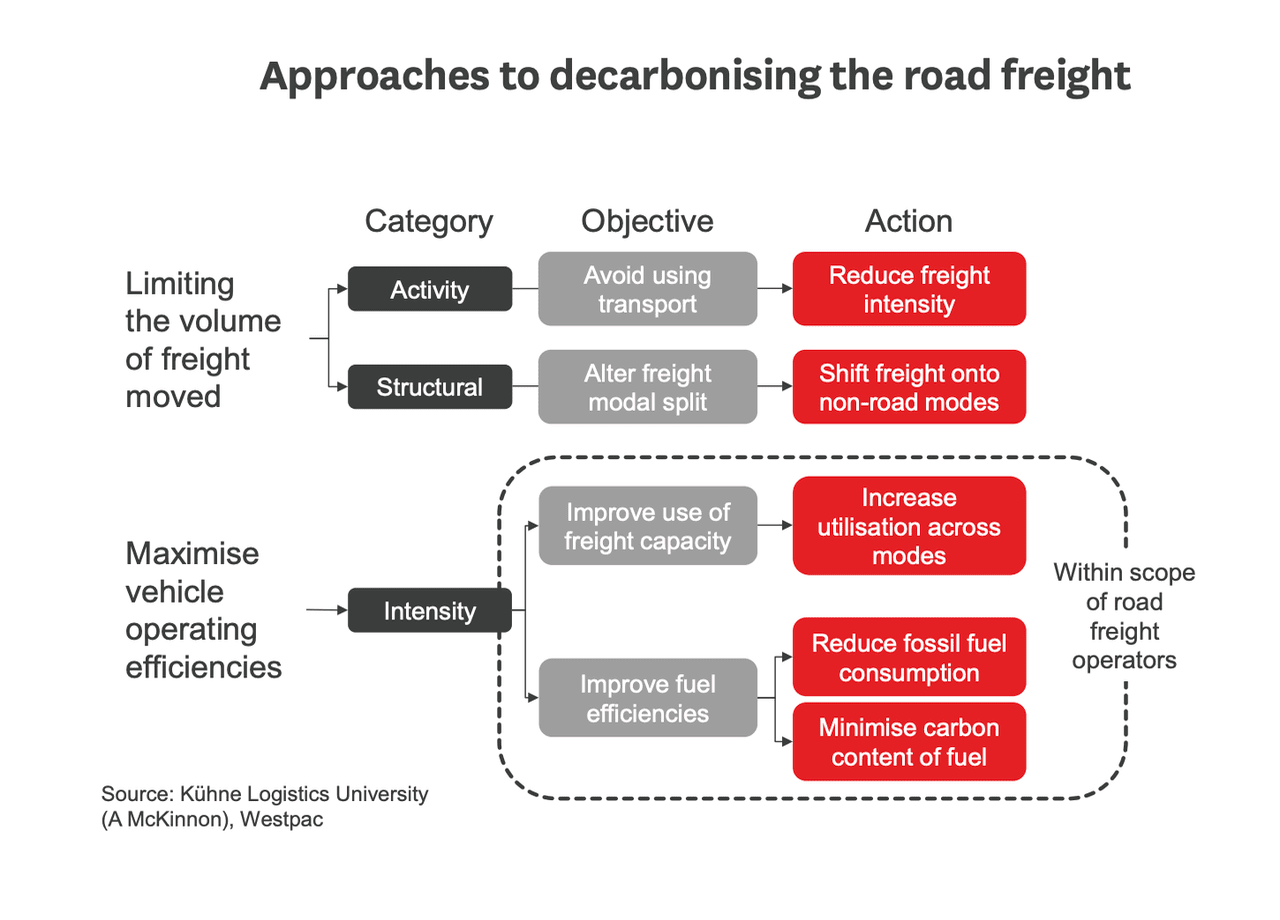
NZ Road Freight Industry is Big Business (But Should it Be?)
3-minute read
The road freight industry is big business in New Zealand, generating about $6 billion in turnover a year. About 260 million tonnes of freight is moved by road each year, accounting for about 93% of New Zealand’s total freight task.
That dwarfs the 16 million tonnes moved by rail and the five million tonnes shifted by sea, said a Westpac Economics report.
“The dominance of road as a mode for moving freight reflects its inherent advantages,” said industry economist Paul Clark. “Simply put, it provides a fast, responsive, point-to-point service that is well suited for time-sensitive loads.
“The physical characteristics of products to be transported, and the fact that most freight trips in New Zealand cover short travel distances, also tends to favour road haulage over other modes.
“Not surprisingly, the dominance of road freight is reflected in its carbon emissions profile. New Zealand’s Greenhouse Gas Inventory indicates that heavy and light trucks together with buses collectively account for about 32% of carbon emissions generated from domestic travel.

“That equates to about 5.3 million tonnes of CO2 equivalent each year, the largest chunk of which is produced by heavy trucks. “By comparison, rail and sea travel contributes about 1% and 2% respectively to local transport emissions.”
How can the freight industry cut carbon emissions?
Mr Clark says, “There are two basic approaches to cutting carbon emissions in the road freight industry.
The first is simply to limit the volume of cargo carried by road for a given level of activity. “That can be done, for example, by reducing the freight intensity of the economy, expressed as the volume of freight moved per unit of economic activity.
“Alternatively, avoiding using roads and moving more cargo onto other modes, such as rail and coastal shipping, will also deliver the desired results. He adds, “These actions, though, sit largely beyond the remit of freight operators, who respond to changes in demand.
“Not so the government, which sets the legislative framework for such changes to take place, or downstream customers, such as logistics providers, who are best placed of all to implement the changes required.
“That includes moving production facilities closer to end markets, re-engineering of business processes, and shifting towards dynamic supply chain models that can integrate information from many different sources to drive procurement, production, inventory management and distribution activities.
“Digital technologies, such as Internet of Things (IoT), big data, blockchain, robotics automation, sensors and collaborative cloud computing tools also have a big part to play in efforts to reduce the freight intensity of the economy.”

The second way to cut carbon is to improve the operating efficiencies of the road freight fleet for a given freight task. “In the first instance that can be achieved by improving the use of freight carrying and storage capacity that already exists, both within and across transport modes.
“In simple terms, that means doing more with the same. Alternatively, carbon emissions can be reduced by improving fuel efficiencies, either by taking steps to reduce fossil fuel consumption and/or by minimising the carbon content of fuel use for a given freight task.”
SOURCE: NZ Shipping Gazette
P.S. Easy Freight Ltd helps New Zealand importers & exporters to save money on international freight and reduce mistakes by guiding how to comply with Customs and biosecurity rules.
➔ Contact us now to learn how we can assist you.
